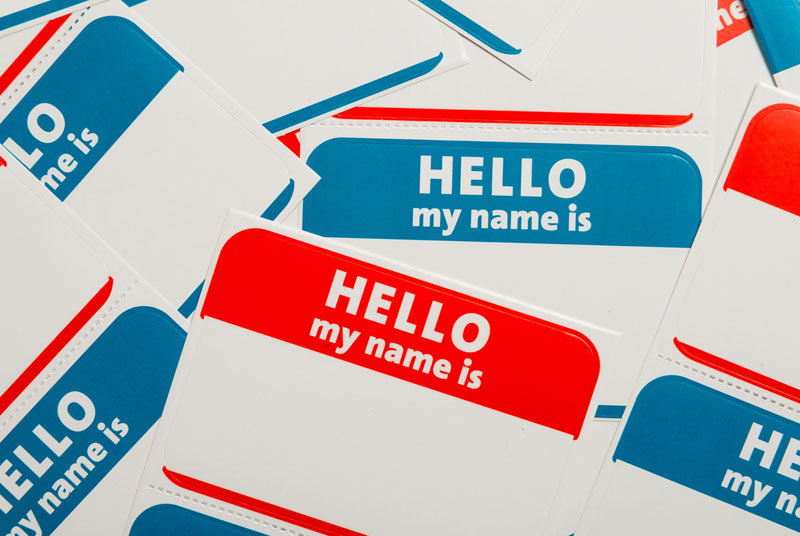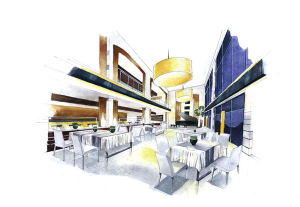Say My Name, Say My Name
 It’s important to focus on the basics of customer service in the hospitality industry. One simple skill that should be part of every training structure is what I like to call Guest and Employee Name Recognition.
It’s important to focus on the basics of customer service in the hospitality industry. One simple skill that should be part of every training structure is what I like to call Guest and Employee Name Recognition.
Remember the show Cheers back in the 80’s? Along with being a great Emmy Award-Winning comedy, it brought to life one of the great joys of having a place “Where everybody knows your name.” – feel free to sing along!
Norm was the character that everybody knew. Just as important, Norm knew everybody else’s name too. And that, my restaurant friends, is a key ingredient to success! So why do servers rarely introduce themselves to guests?
If we all agree that dining out is about the experience rather than just a meal, then perception through personalized interaction is a key ingredient of that experience. It’s a fact that Guest and Employee Name Recognition affects:
- Bigger tips in your server’s pockets
- Increased understanding and patience when experiencing delays and/or mistakes
- More guests return on a regular basis
- Guests are more likely to tell others about your restaurant
As a domino effect result, all of the above directly impacts every aspect of a restaurant’s business:
- Increase in top-line revenue
- Decrease in cost of doing business. For example, when Servers are more successful and happy, costs related to employee issues, turnover, and training decrease.
- More time is made available to focus on growth rather than dealing with avoidable problems
Speaking of happy Servers, let’s look at a tip scenario…
Server Joe is going to get what he gets depending on how good of a server he is. However, Julie, who remembered your favorite drink, who just had a birthday, and is saving for her son’s college tuition, is no doubt going to get much bigger tips more of the time. These types of interactive dialogue that build a relationship can only start with an introduction.
Now what if Julie – who typically provides excellent service – forgot to put in your appetizer order? Well, that’s not great, but you know she has a lot going on, so it’s hard to be mad at Julie.
But if it’s just “our waitress” or “that girl,” it’s far easier to experience this minor issue as the worst thing that’s ever happened to you (as restaurant professionals, we know this level of “the world is ending” over-reaction is far too common).
Since guests rarely ask for the server’s name, it’s far less awkward if they already know it when they need to use it. In the Cheers scenario from above, it was just as important to Norm that he ordered his beer from Sam Malone behind the bar. He knew “Sammy” would take care of him. If he went somewhere else it would be “Buddy”, “Chief”, or any other of the standard guy-to-guy references. What if the bartender is a female? Then it’s “Miss,” “Honey,” the dreaded “Ma’am” and the list, unfortunately, just gets worse from there.
So how do we help create a positive perception, help avoid issues, and head off issues before they can even happen? Simple:
“Hi, I’m Julie and I’ll be taking care of you this afternoon. What can I get you to drink?”


